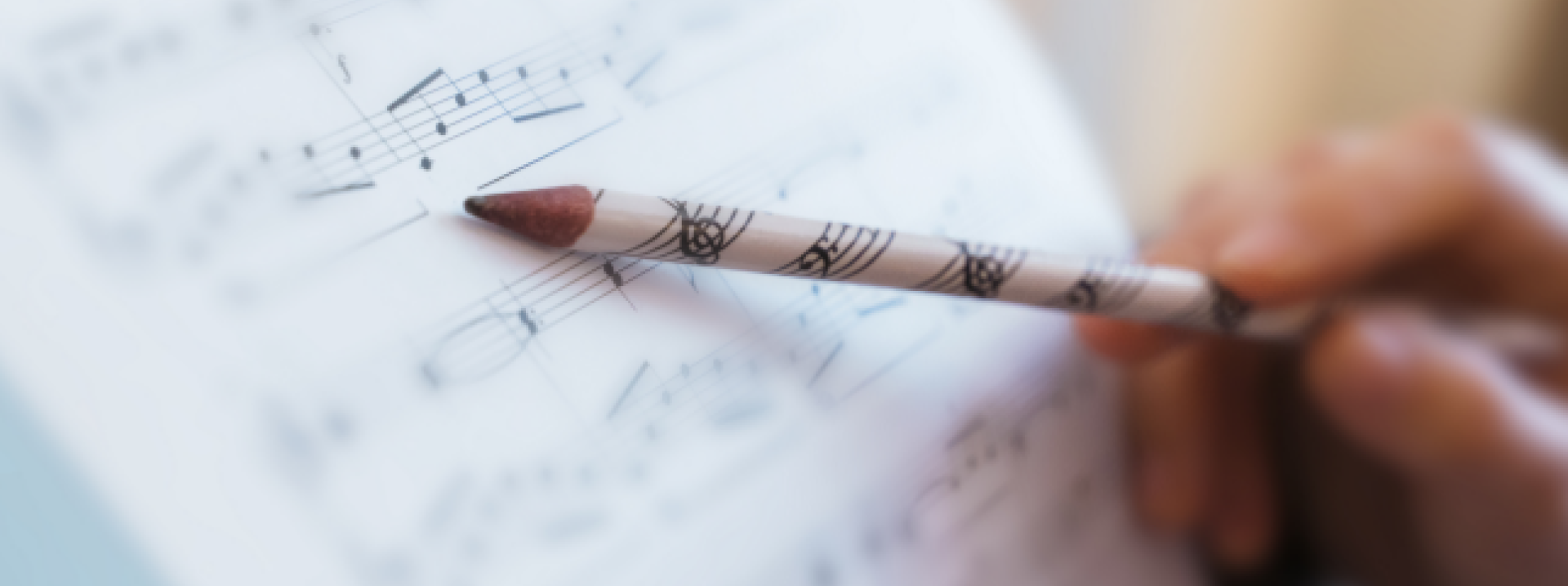Sheet music
Musical contribution - December 2017

Joseph est bien Marié - Cl. Balbastre (1727-1799) (LiVE sample set: Norden, Schnitger).
Claude Balbastre (whose name is sometimes also written as Balbâtre) was the organist at St. Roch in Paris. He enjoyed a great reputation. His popular arrangements of orchestra and opera works were so in demand that there were traffic problems whenever he had them on his programme. The archbishop even imposed a ban on him during the Christmas period, because churchgoers no longer came for the mass but “wanted to hear a free concert”, or so it’s said.
We, however, may still enjoy his music. It’s certainly not out of place on the programme for an organ concert, but it’s also beautiful music for playing before worship. Churchgoers are sure to enjoy it.
In December 2013, we offered a “Noël” by Claude Daquin. He was born around 30 years earlier than Balbastre. Matters such as “execution” and “registration” are very applicable with respect to Balbastre, so for that reason we’ve included below a number of quotes from the 2013 text.
On behalf of the management and staff at Johannus Orgelbouw, we would like to wish you all a blessed Christmas and look forward to seeing you again in 2018.
With musical regards,
André van Vliet
Quotes from 2013
The dates indicate that we’re dealing with the French Baroque period here. Terms like “Grand jeu” and “Plein jeu” are therefore used frequently. It is advisable to listen to a composition like this on a real French Baroque organ if you can. In the Netherlands, you can find these instruments in the Martinuskerk in Gronsveld, or the Lambertuskerk in Helmond, for example. In addition to the principals and flutes, we see many quint and tierce stops and aliquots such as Plein jeu (full chorus), Cymbal and Cornet, and powerful, glowing reeds.
And finally, a little about the embellishments. As we can also see in paintings, architecture and clothing of the time, Baroque music is richly embellished. This Noël also includes a number of trills.
“Whether the trill should start with the principal note or an upper second is constantly under discussion. Rule of thumb: In Baroque music (until around 1750), the trill always starts with the upper second, unless the preceding note is already the upper second (although there are also extremely contradictory articles about this). In music after 1750, the trill generally starts on the principal note, but there may be deviations to this according to taste and style. The speed depends on the character of the composition and the acoustics in the space where it is being performed. An embellishment is usually found on a consonant. The trill then starts on the upper second (dissonant) in order to create more interest in the music.” End of quote.
Let’s leave it there, if you don’t mind. As one of my teachers always used to say: “It’s good to consider and study these things, but remember: embellishments are like streamers at a birthday party. It’s about the person whose birthday it is, and not about the streamers.”